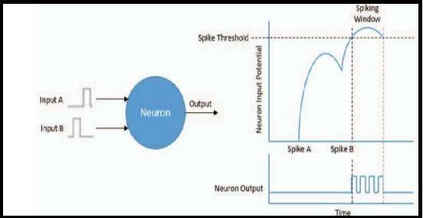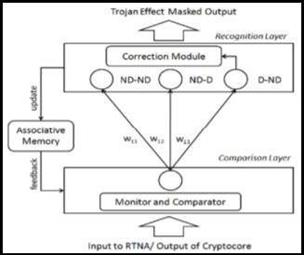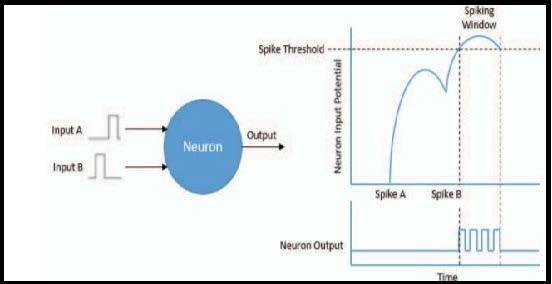With the growth of embedded systems, VLSI design phases complexity and cost factors across the globe and has become outsourced. Modern computing ICs are now using system-on-chip for better on-chip processing and communication. In the era of Internet-of-Things (IoT), security has become one of the most crucial parts of a System-on-Chip (SoC). Malicious activities generate abnormal traffic patterns which affect the operation of the system and its performance which cannot be afforded in a computation hungry world. SoCs have a chance of functionality failure, leakage of information, even a denial of services (DoS), Hardware Trojan Horses and many more factors which are categorized as security threats. In this paper, we aim to compare and describe different types of malicious security threats and how neural networks can be used to prevent those attacks. Spiking Neural Networks (SNN), Runtime Neural Architecture (RTNA) are some of the neural networks which prevent SoCs from attacks. Finally, the development trends in SoC security are also highlighted.
翻译:随着嵌入系统的增长,VLSI设计阶段的复杂性和成本因素在全球各地的复杂程度和成本因素已经外包。现代计算IC现在使用芯片系统进行更好的芯片处理和通信。在互联网时代,安全已成为芯片系统(SoC)的最关键部分之一。恶意活动产生了不正常的交通模式,影响到系统的运作及其在计算饥饿世界时无法提供的性能。 SoCs有功能失灵、信息泄漏、甚至拒绝服务(DoS)、硬体木马和许多其他被归类为安全威胁的因素。在本文件中,我们的目标是比较和描述不同类型的恶意安全威胁以及如何利用神经网络来防止这些攻击。Spik Neural网络(SNNN)、运行时神经结构(RTNA)是防止SoCs攻击的一些神经网络。最后,SOC安全的发展趋势也得到了强调。







